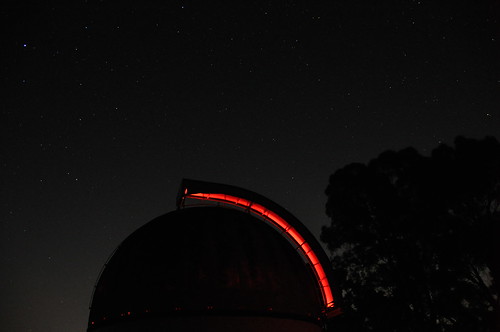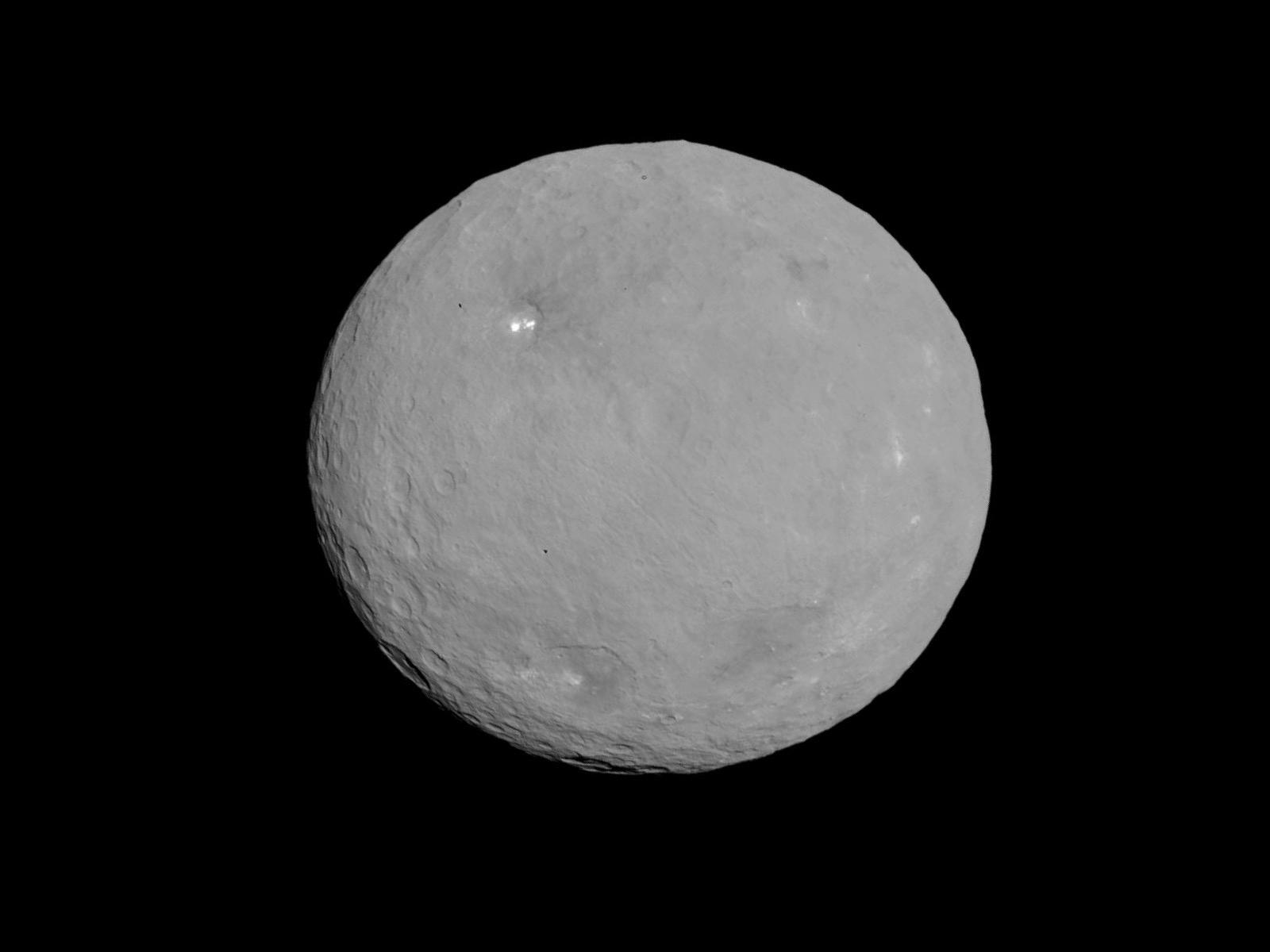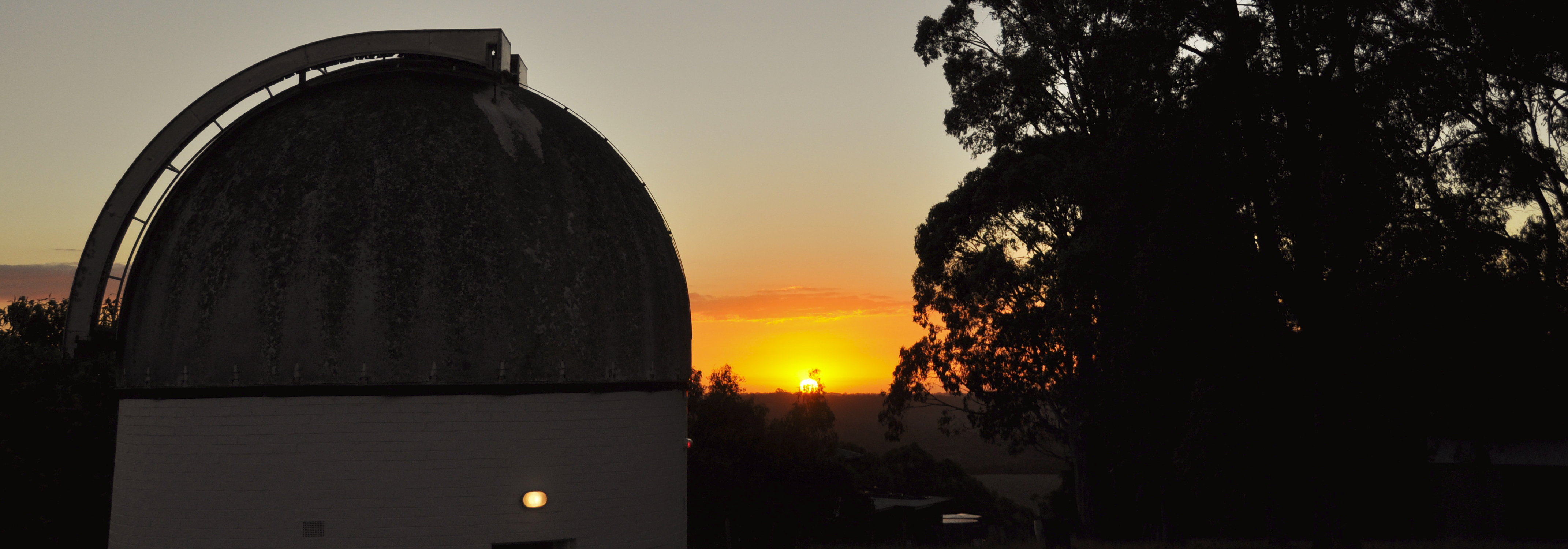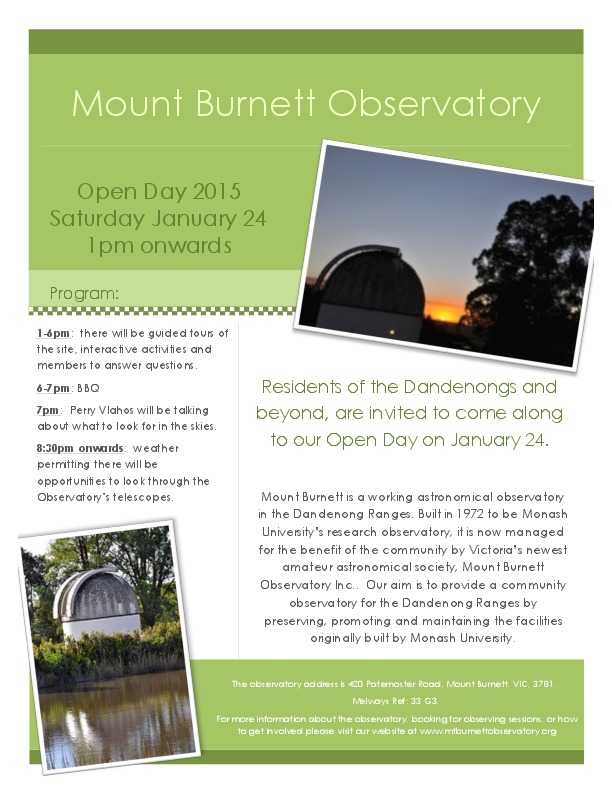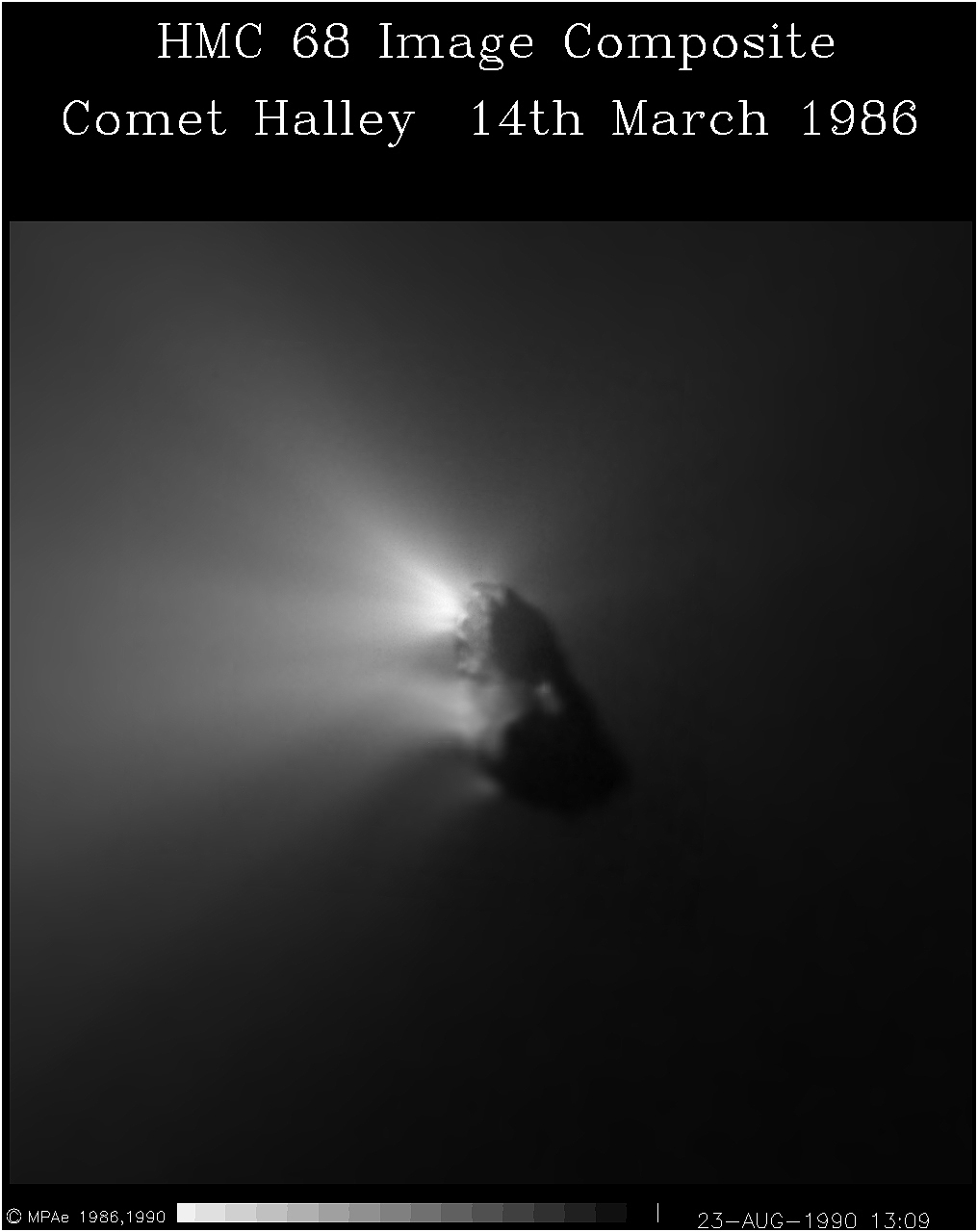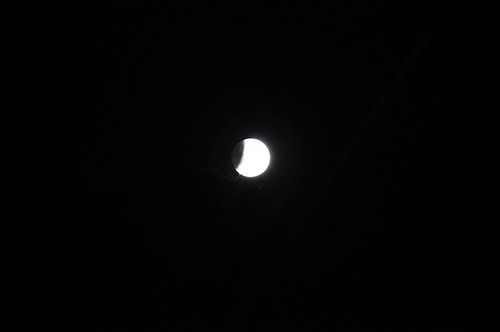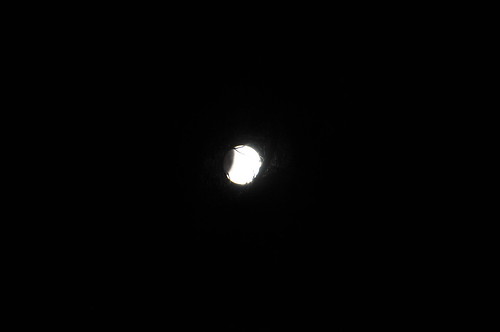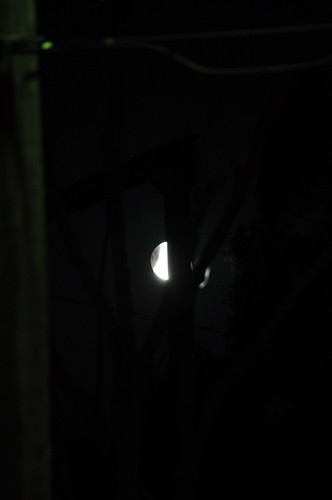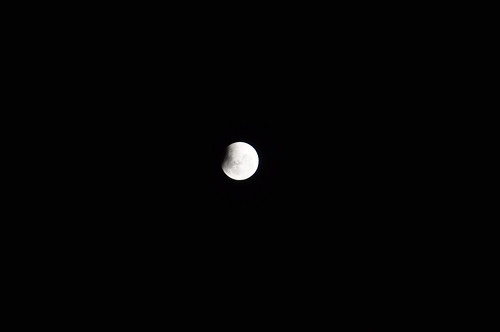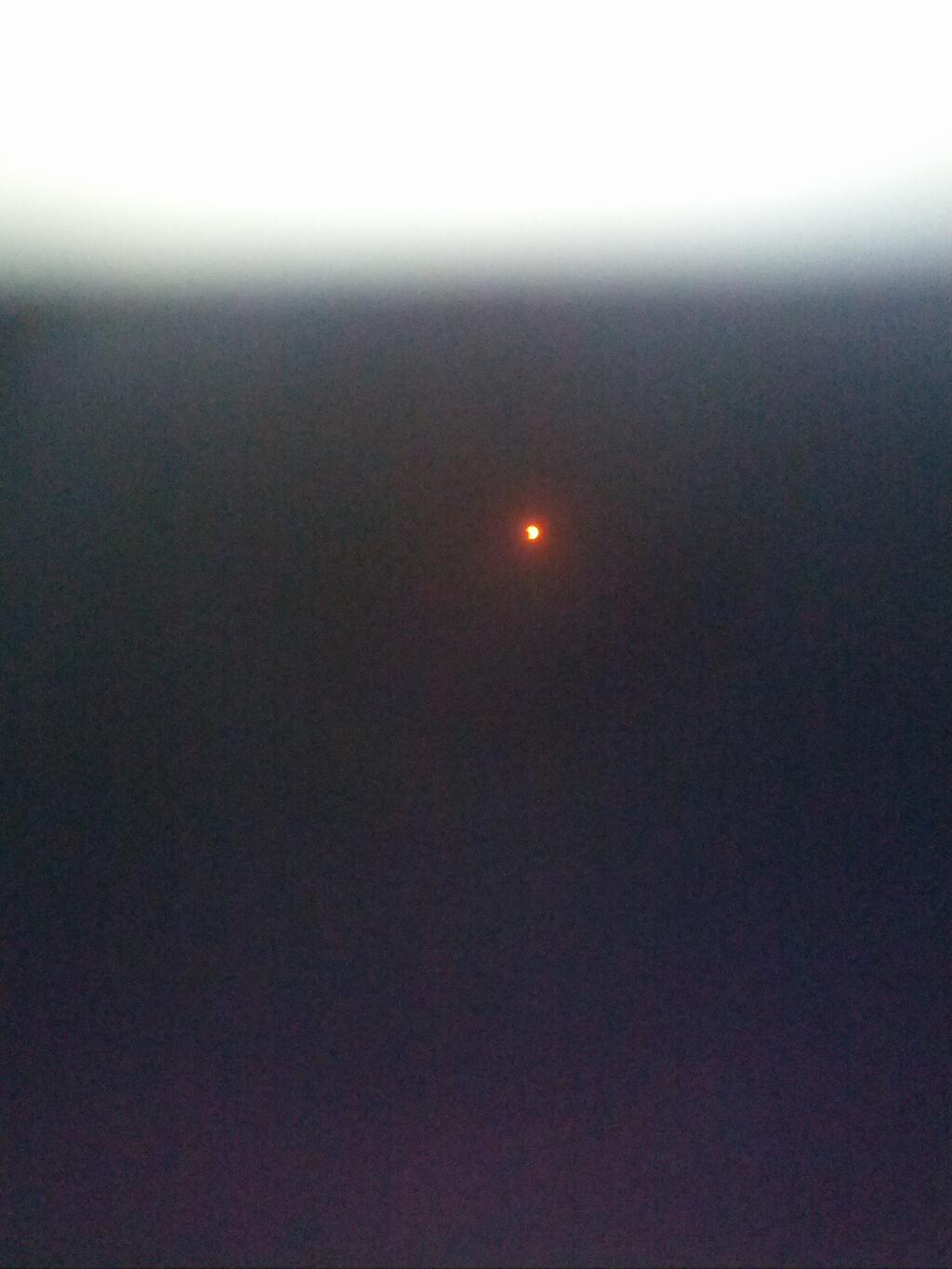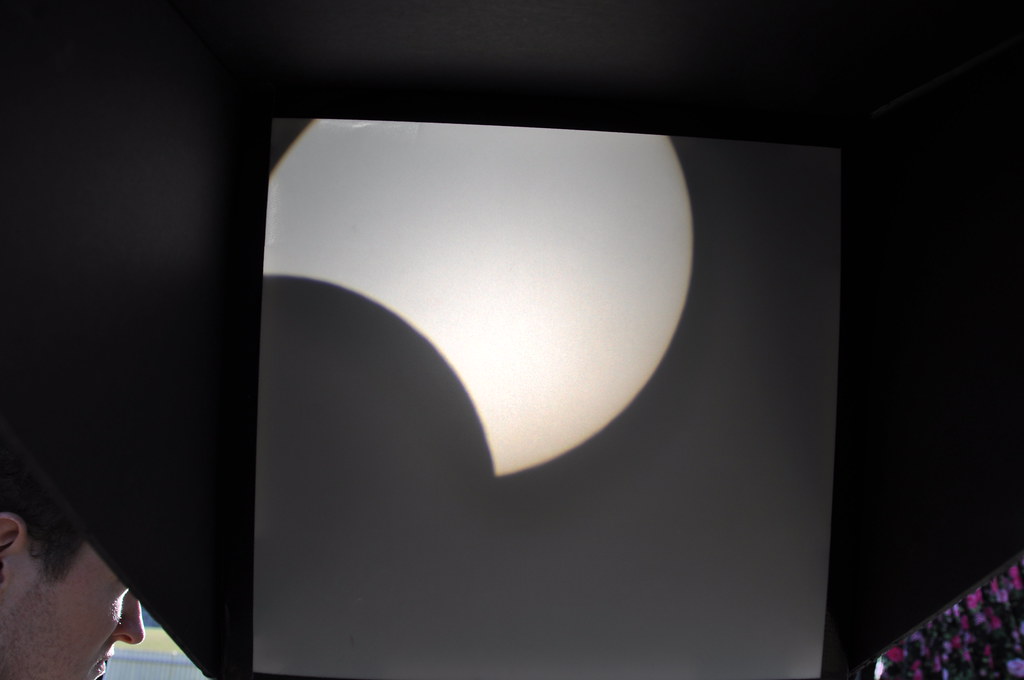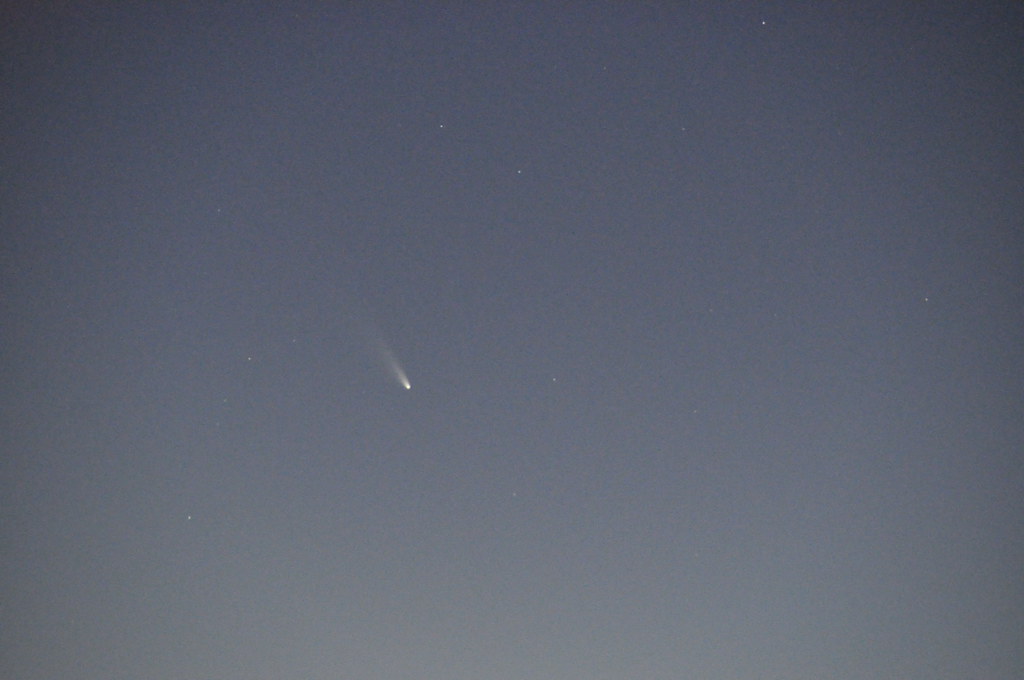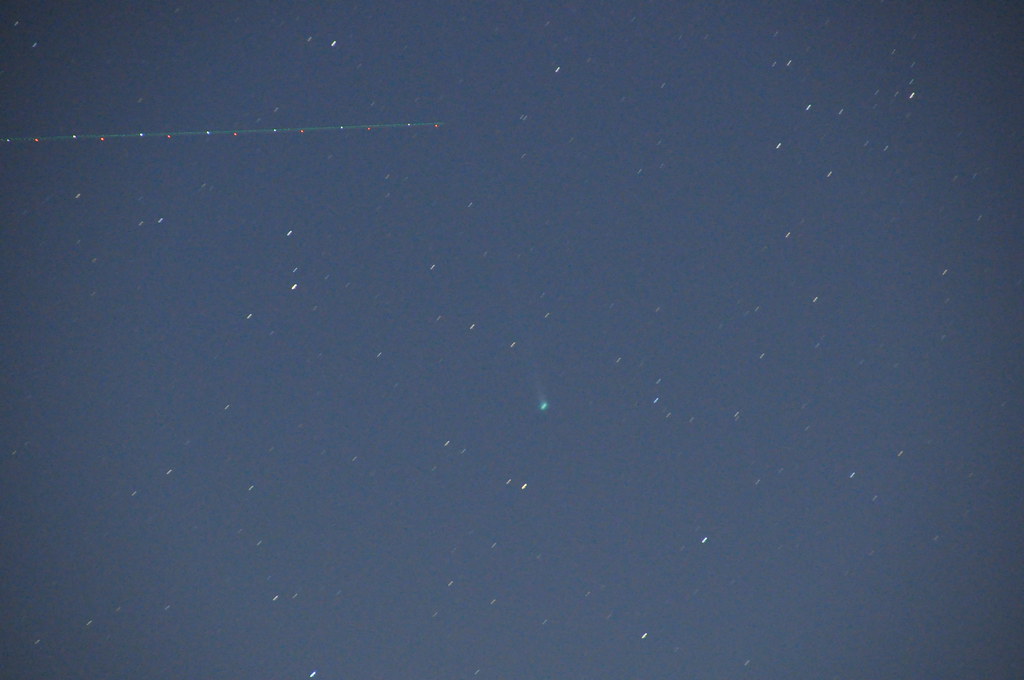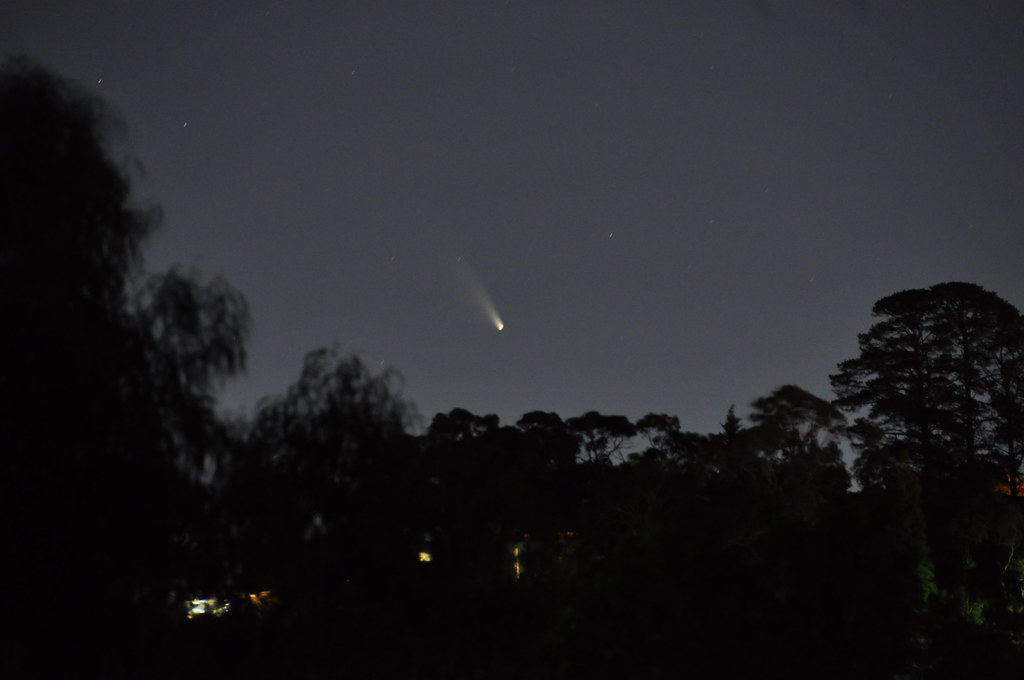Just over a week ago it was the Mount Burnett Observatory’s second birthday, celebrating two years since being reopened as a community observatory. Originally it was built by Monash University and used as a research and teaching observatory until becoming surplus to requirements. A group of people made a community association to take up the lease after the Astronomical Society of Victoria passed it over and now it’s the third largest astronomical society in Victoria!
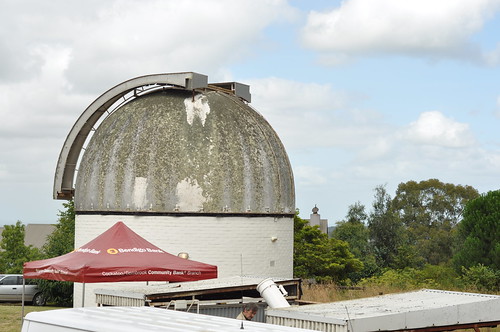
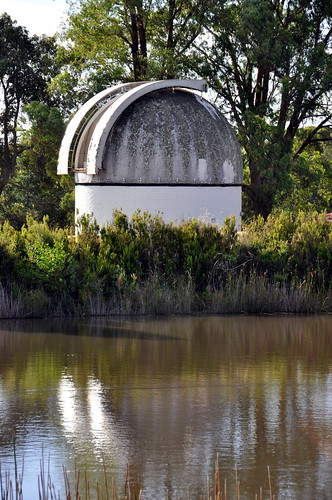
To celebrate being two years old MBO held an open day running from 10am until 6pm when there was an open barbecue followed by a talk by Prof. Sarah Maddison from Swinburne University. We really didn’t know what to expect in terms of turn out but were amazed to see our first visitors arrive before we opened at 10am! I helped out demonstrating the large 18″ telescope in the dome until 12:30pm when I had to head home, at that stage we’d had 30 people through. I was struck by the number of people who were amazed they had no idea that there was an observatory on their doorstep, let alone one they could join and participate in. One person asked how much it was to join and when told it was just $50 for the year said “I spend more than that on astronomy magazines every year!”. 😉

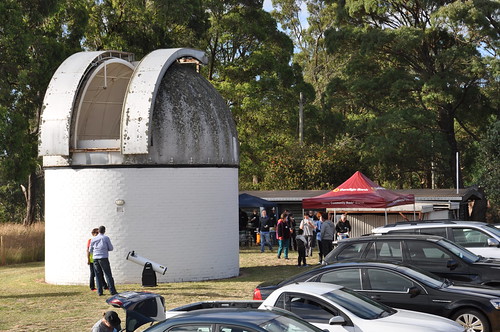
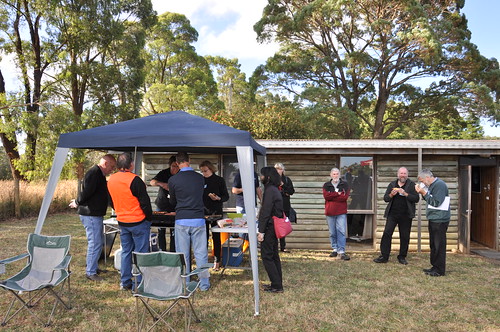
It was a very successful day with well over 100 non-members visiting the observatory during the day, plus of course many members. It was certainly a packed club house for the talk that night! I donated two bottles of sparkling wine for a door prize, one of which was one by a member (and volunteer for the day) and one was one by a visitor. The only disappointment of the day was that we had cloud that night, so there wasn’t really much to see in the sky.

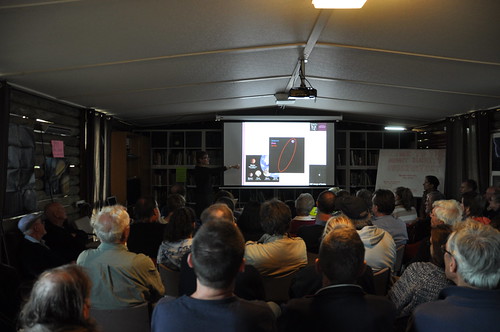
It was very good to see that the following Friday we had over 30 people attend the regular Friday night members night and probably about half were new faces.
